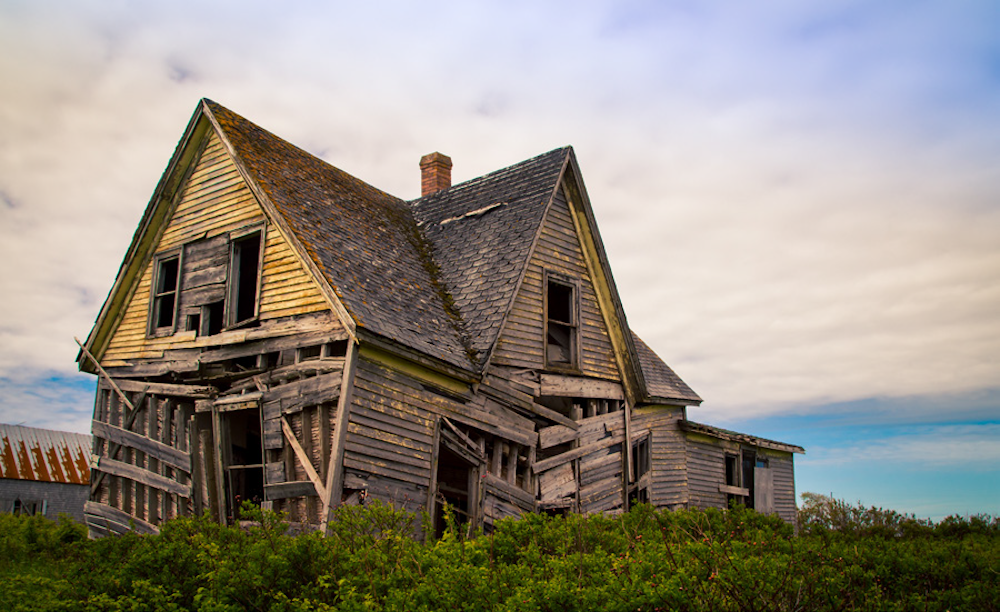HMDA: What’s A Dwelling?
The CFPB Offers HMDA Clarification
We recently contacted the CFPB for clarification on what exactly constitutes a dwelling for HMDA purposes. It’s quite common to have a loan secured by a structure that was originally built to serve as a dwelling but, due to varying circumstances, the structure will no longer be used for that purpose, or maybe it’s even uninhabitable.
To gain access to free HMDA tools, flow charts and the latest guidelines click here.
The first scenario we presented to the CFPB was a structure that looks like a dwelling and was recently used as a dwelling, but the intention is to convert that dwelling into a non-residential office building, daycare, etc.
We specifically pointed to the Commentary to §1003.2(f) #3 which states, “…structures originally designed as dwellings but used exclusively for commercial purposes, such as homes converted to daycare facilities or professional offices” are excluded from the definition of a dwelling.
What we sought to clarify is whether this exclusion applies to:
applications where the loan proceeds will be used to convert a structure designed as a dwelling into a daycare or office; OR,
only applications to be secured by a structure which has already previously been converted to a daycare facility or office.
The CFPB indicated this comment should be used only in the “past tense.” Therefore, it does not matter if a structure will be turned into something else in the future. Until a structure has actually been converted into an office building or daycare, it IS a dwelling. In other words, a loan to purchase (or refinance or improve) a structure that has most recently been used as a dwelling is an HMDA-reportable transaction, even if the borrower’s plan is to turn it into an office building or daycare. To make it even more simple, a dwelling is a dwelling until it is something else.
The second scenario we presented to the CFPB had to do with applications secured by a structure that used to be a dwelling but has either been abandoned and/or is in such poor condition that there is no intention or even the ability for it to be used as a dwelling. In most cases, an applicant is looking to buy the property for another reason, and the dilapidated dwelling comes with it. We asked the CFPB, do non-livable structures still fall within the definition of a dwelling? We even provided a picture of the following example:

The CFPB noted that Regulation C’s definition of a dwelling does not get into the condition of a structure; thus, it does NOT matter what condition the structure is in. Unless a “dwelling” has been converted into some other type of non-dwelling structure, it remains a dwelling.
Again, a dwelling remains a dwelling until it is something else.
While we don’t particularly like the CFPB’s interpretation, it is what it is. If nothing else, it does give us a “bright-line test” and eliminates any subjectivity when determining whether something is a dwelling.
HMDA has been around for a long time, and the fact that our industry is still questioning or “debating” what constitutes a dwelling 30+ years later is a perfect example of why HMDA is so difficult to comply with. It seems no matter how much information is thrown at us, there is still so much of it that’s left to interpretation. When that happens, it usually still comes down to picking a stance, being consistent, and being ready and willing to defend yourself.
Published
2021/02/15

David Dickinson
David’s banking career began as a field examiner for the FDIC in 1990. He later became a Compliance Officer and Loan Officer for a small bank. In 1993, he established Banker’s Compliance Consulting. Along with his amazingly talented Team, he has written numerous compliance articles for prestigious banking publications and has developed compliance seminars that Banker’s Compliance Consulting produces.
He is an expert in compliance regulations. He is also a motivational speaker and innovative educator. His quick wit and sense of humor transforms the usually tiring topic of compliance into an enjoyable educational experience. David is on the faculty of the American Bankers Association National Compliance Schools and has served on the faculty of the Center for Financial Training for many years. He also is a frequent speaker at the ABA’s Regulatory Compliance Conference. He is also a trainer for hundreds of webinars, is a Certified Regulatory Compliance Manager (CRCM) and has been a BankersOnline Guru for many years. The American Bankers Association honored David with their Distinguished Service Award in 2016.
David and his wife Karen have three adult children, four grandchildren (none of whom live at home!) and two cats (of which Dave is allergic … the cats, not the children!). They recently moved to an acreage outside of Lincoln, Nebraska where he gets to play with his tractor. When possible David can be found fishing, making sawdust in his shop, or playing the guitar and piano. He also enjoys leading worship at his church.
